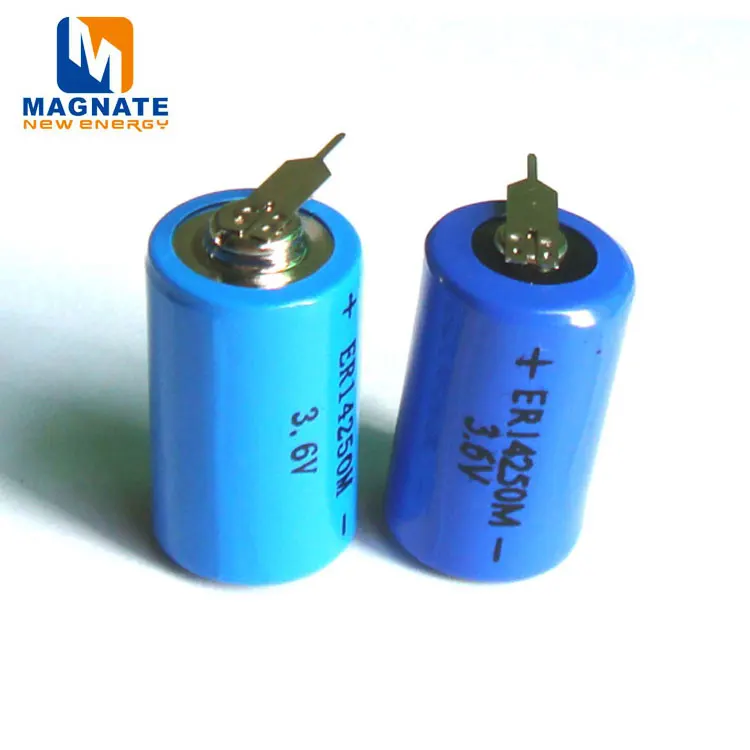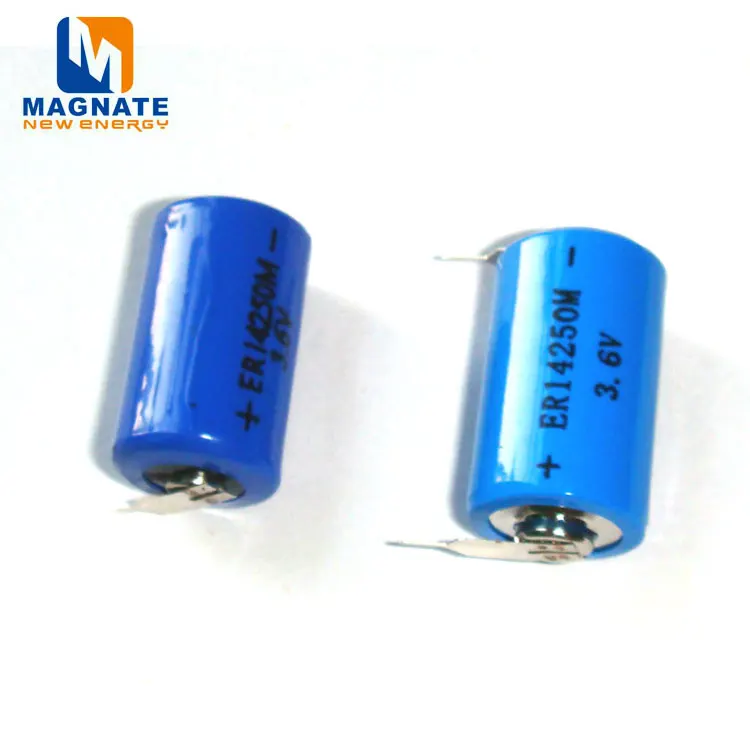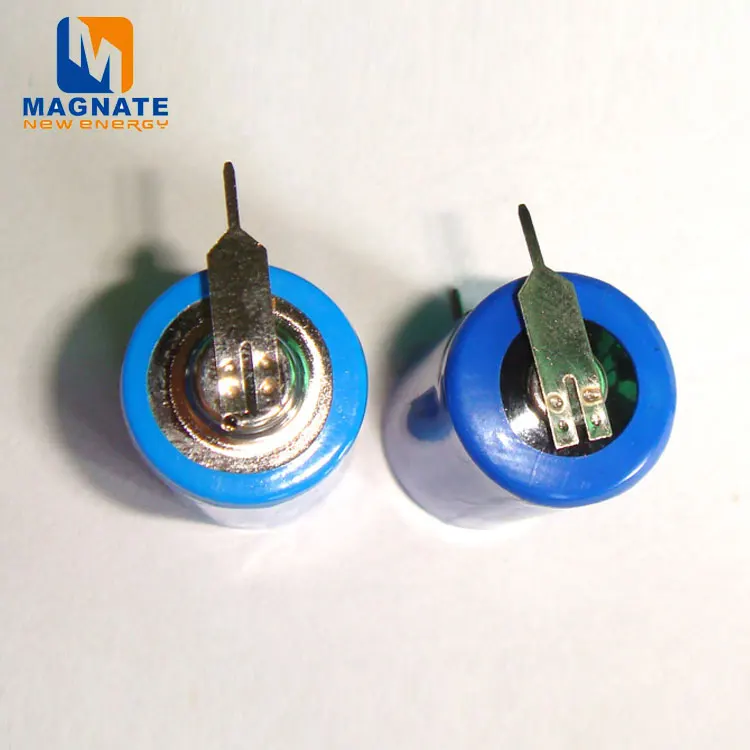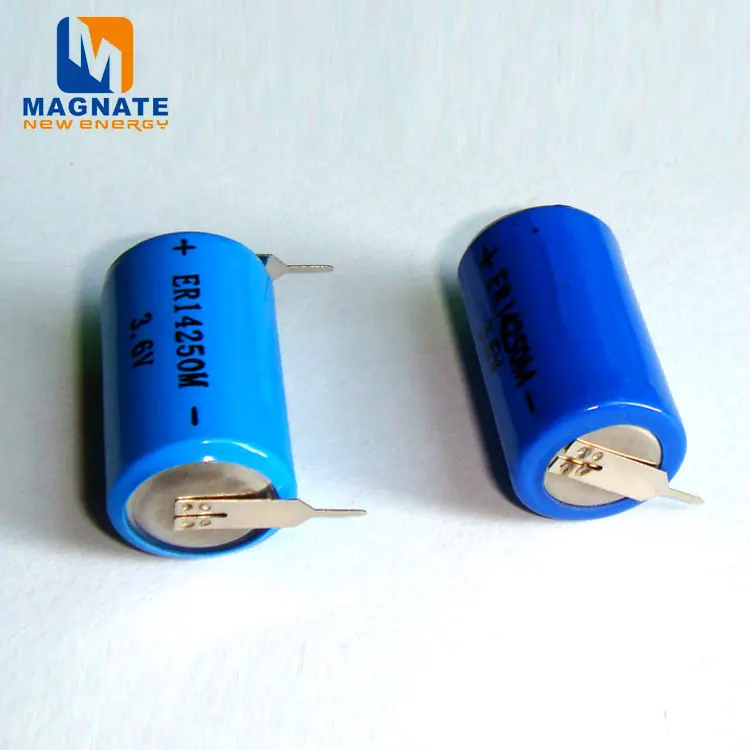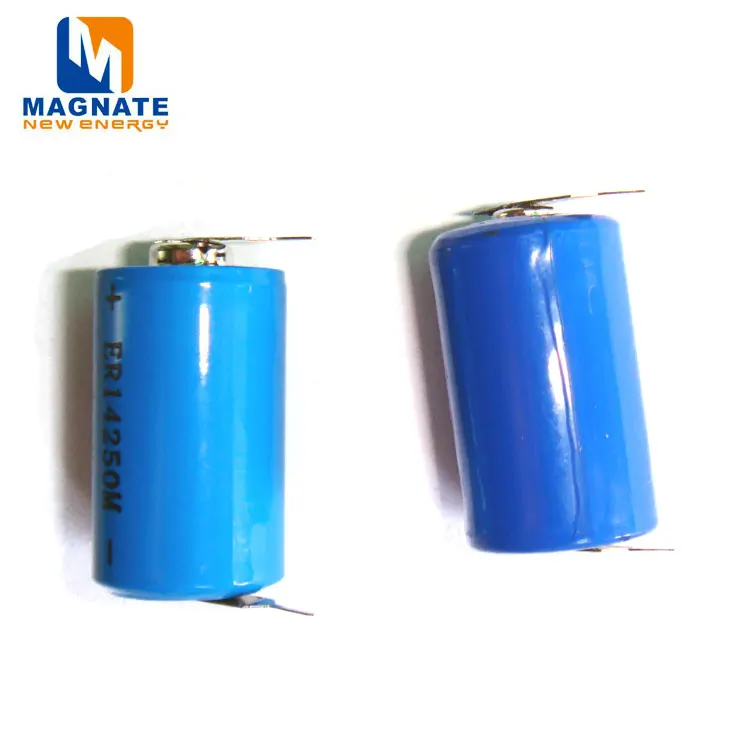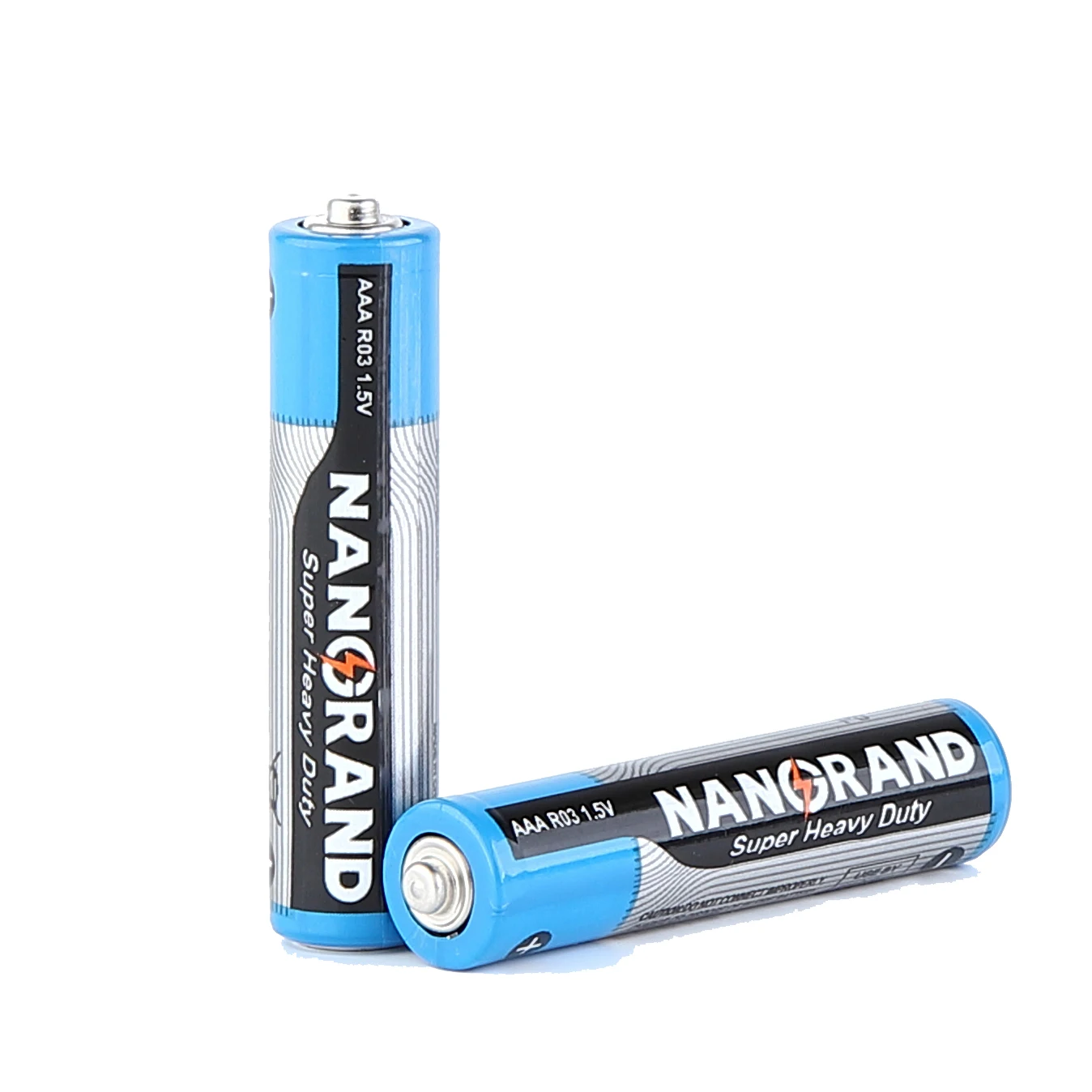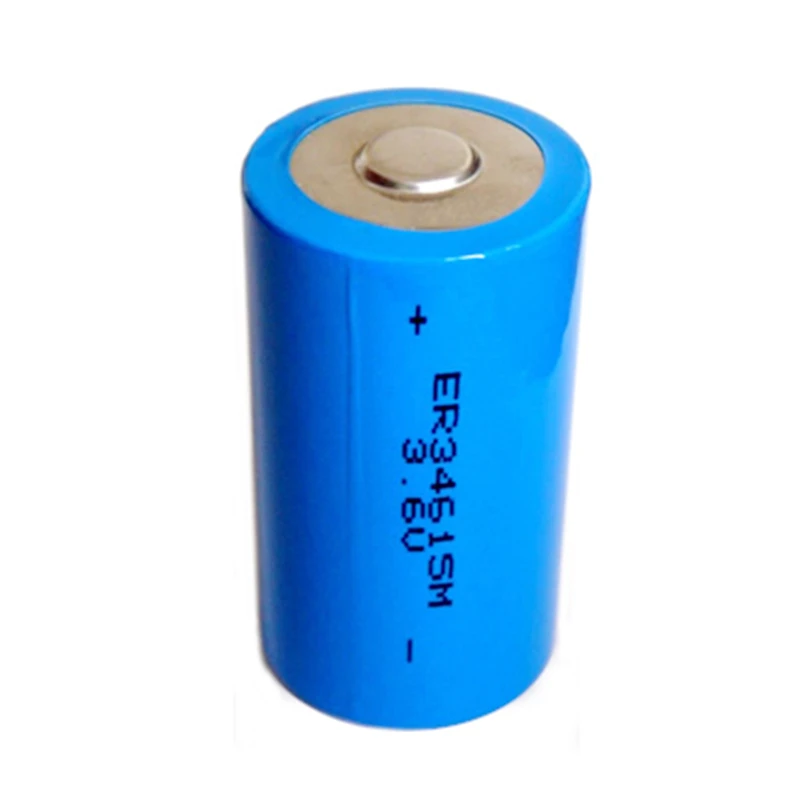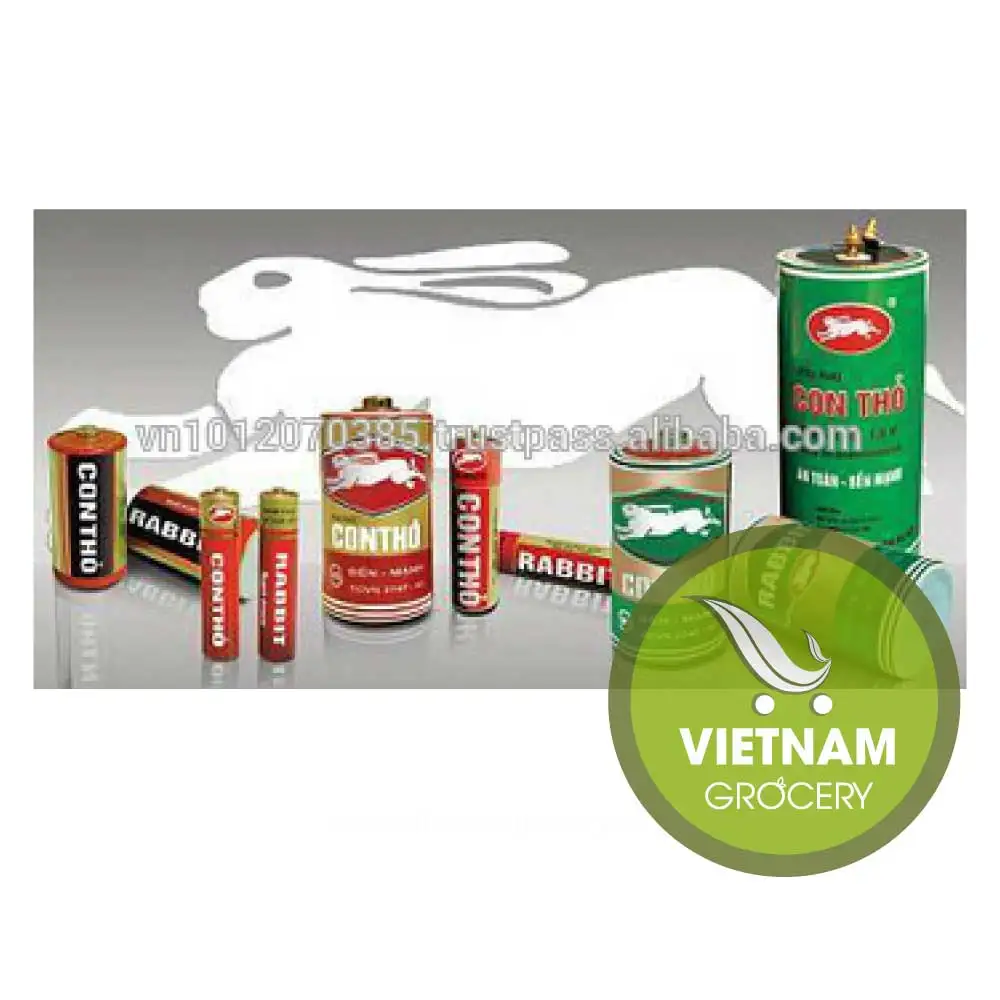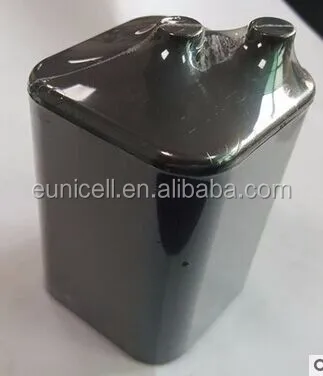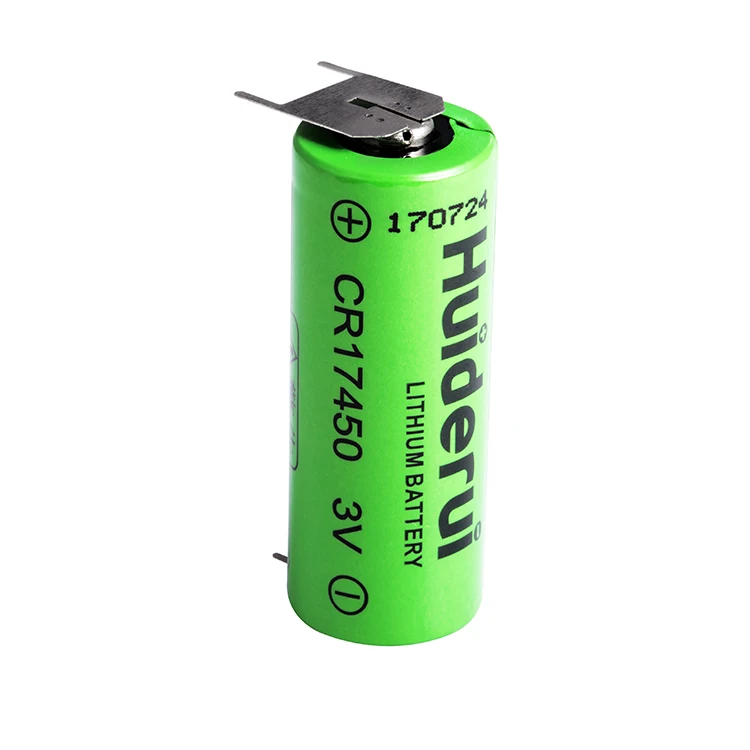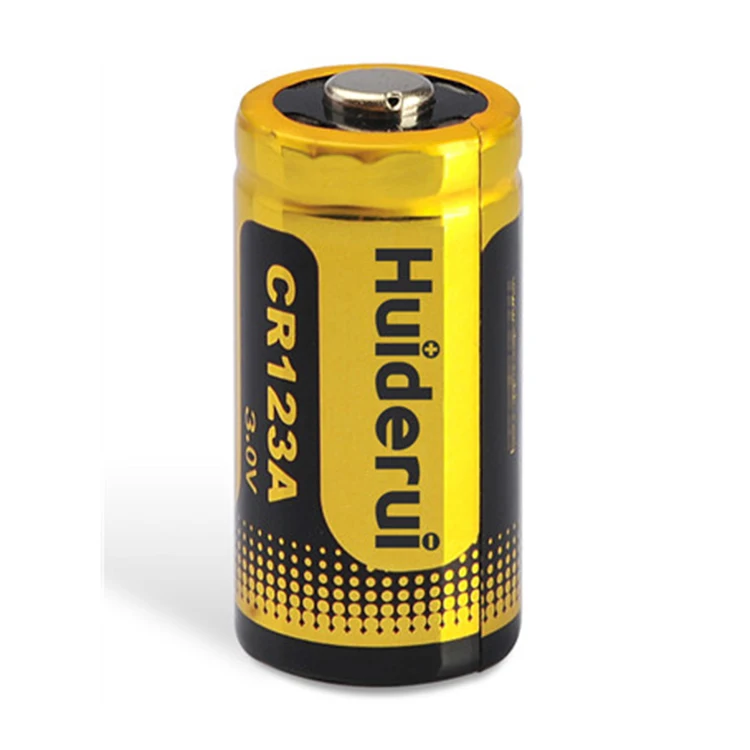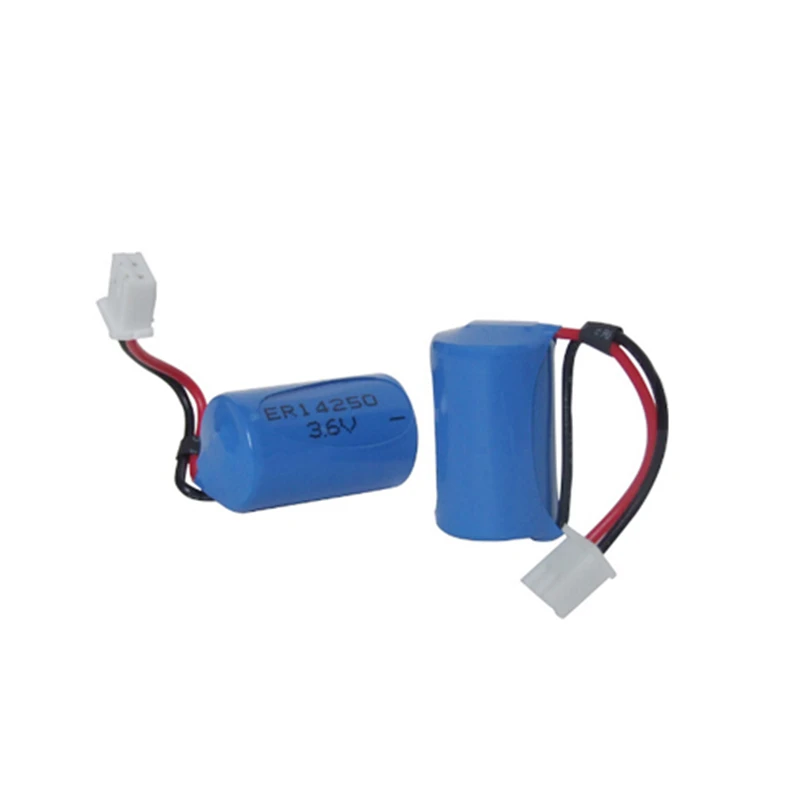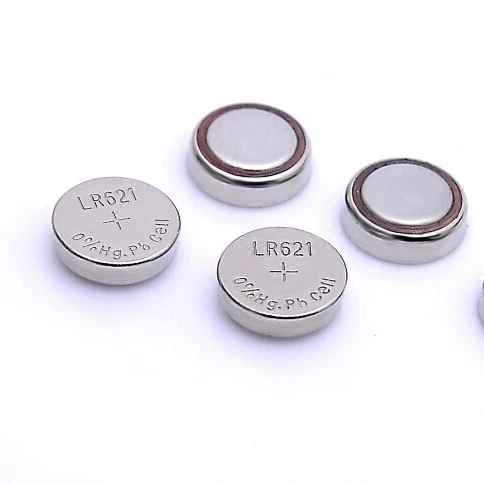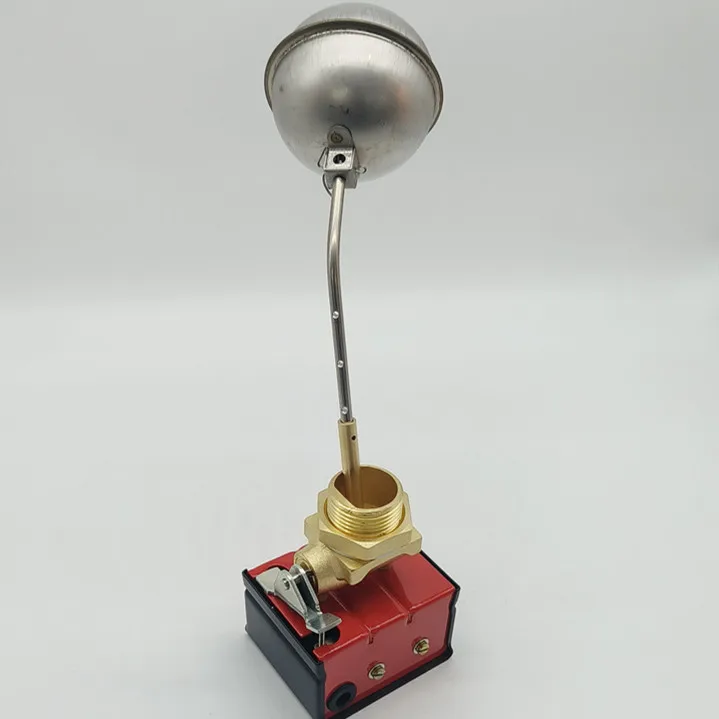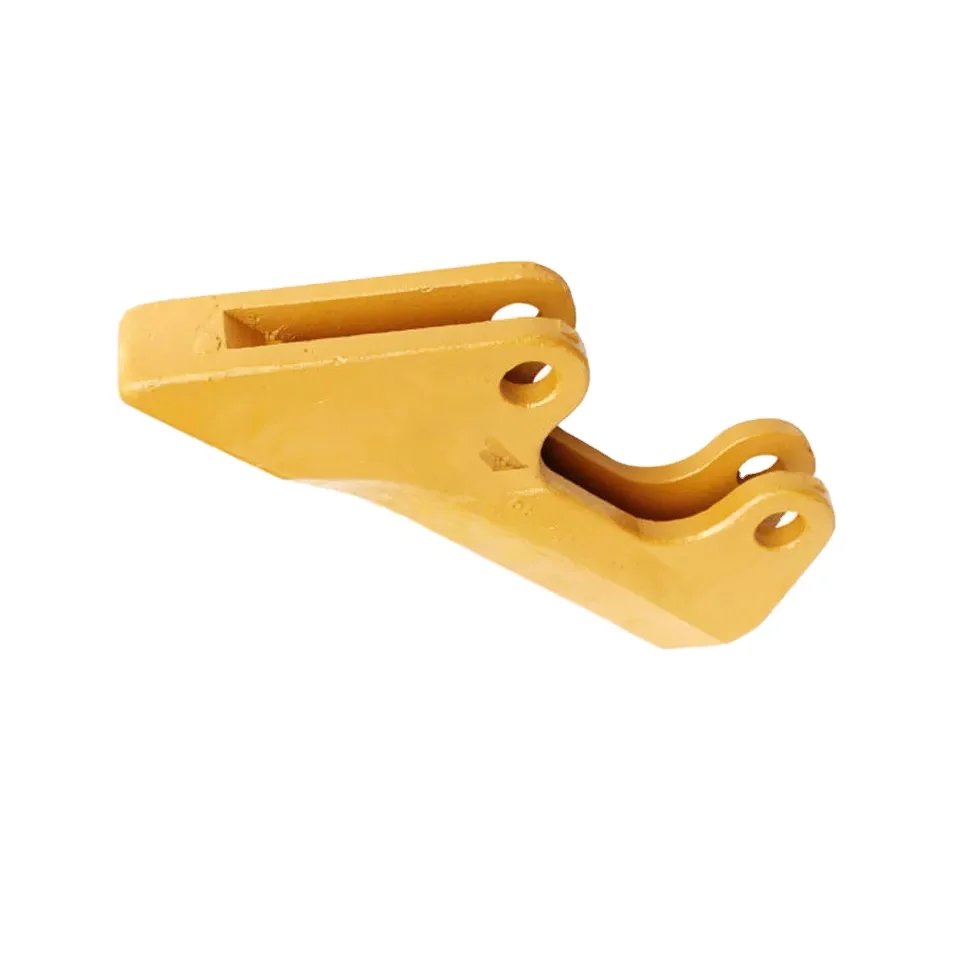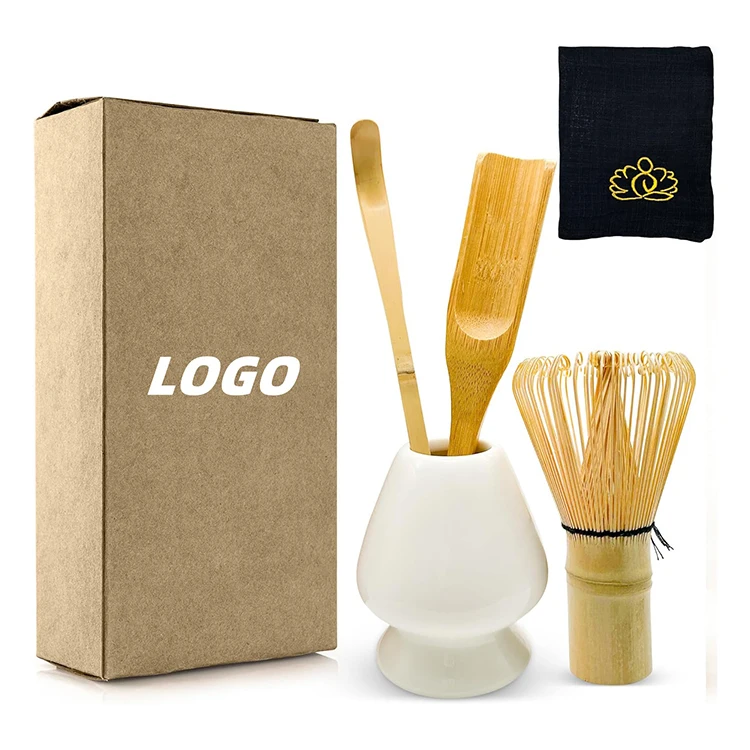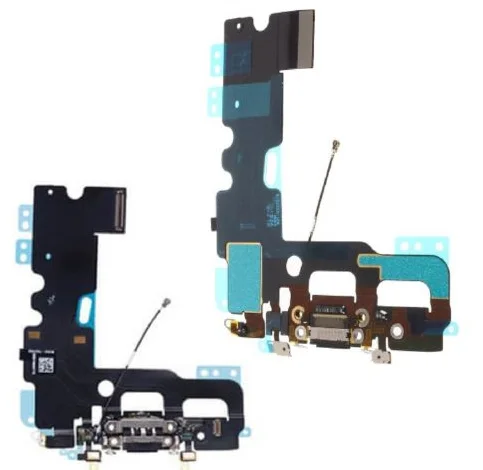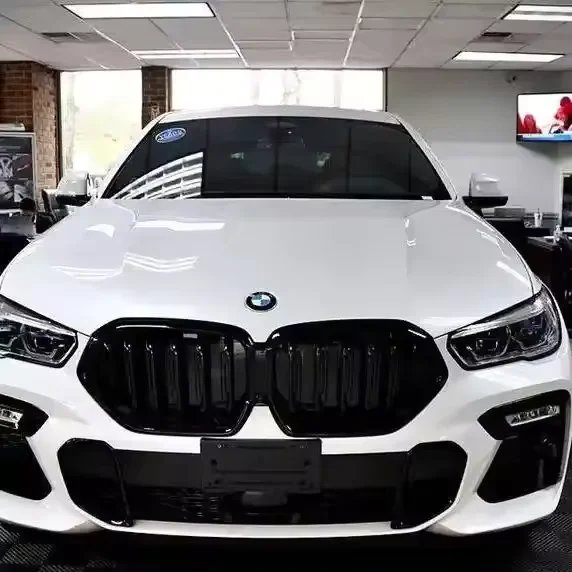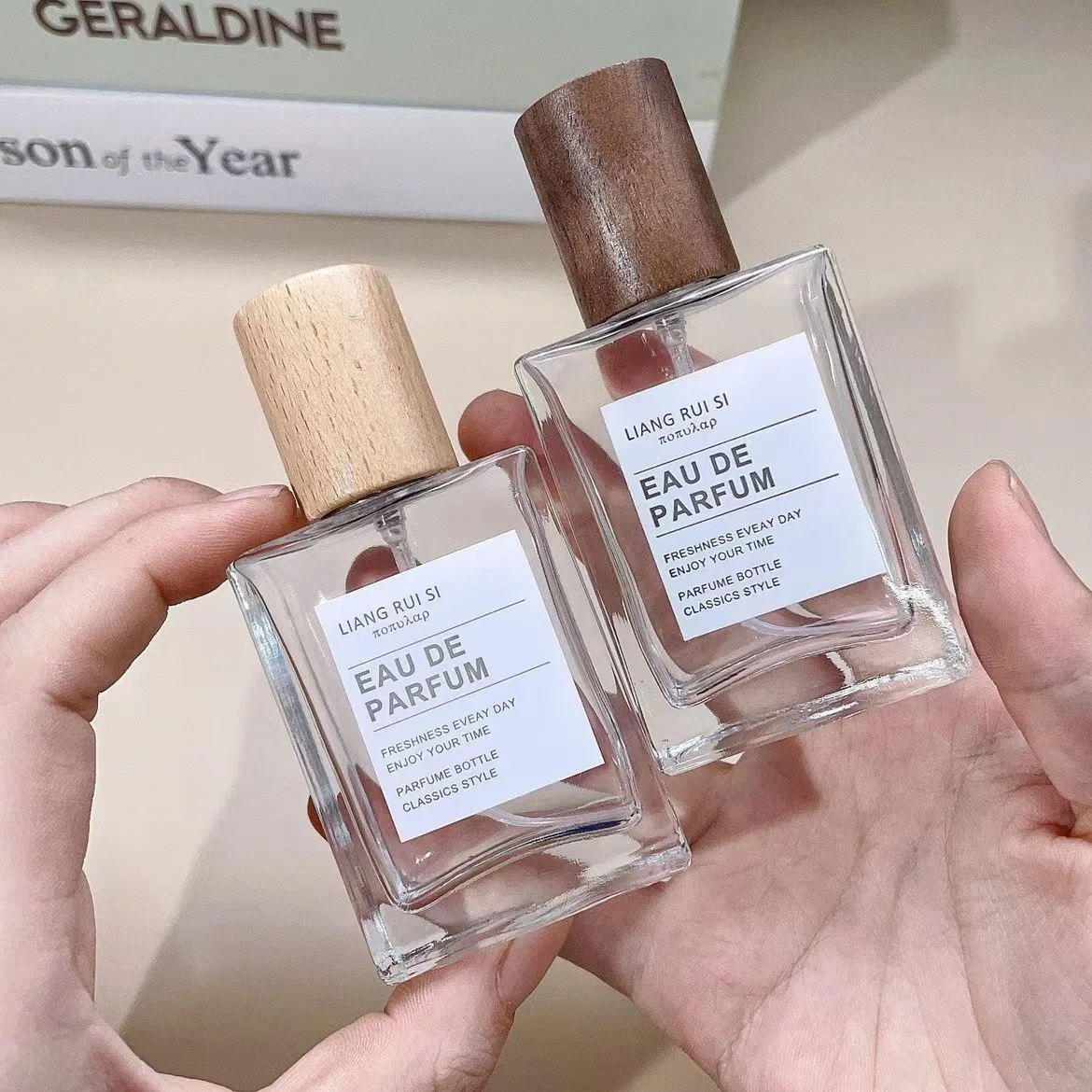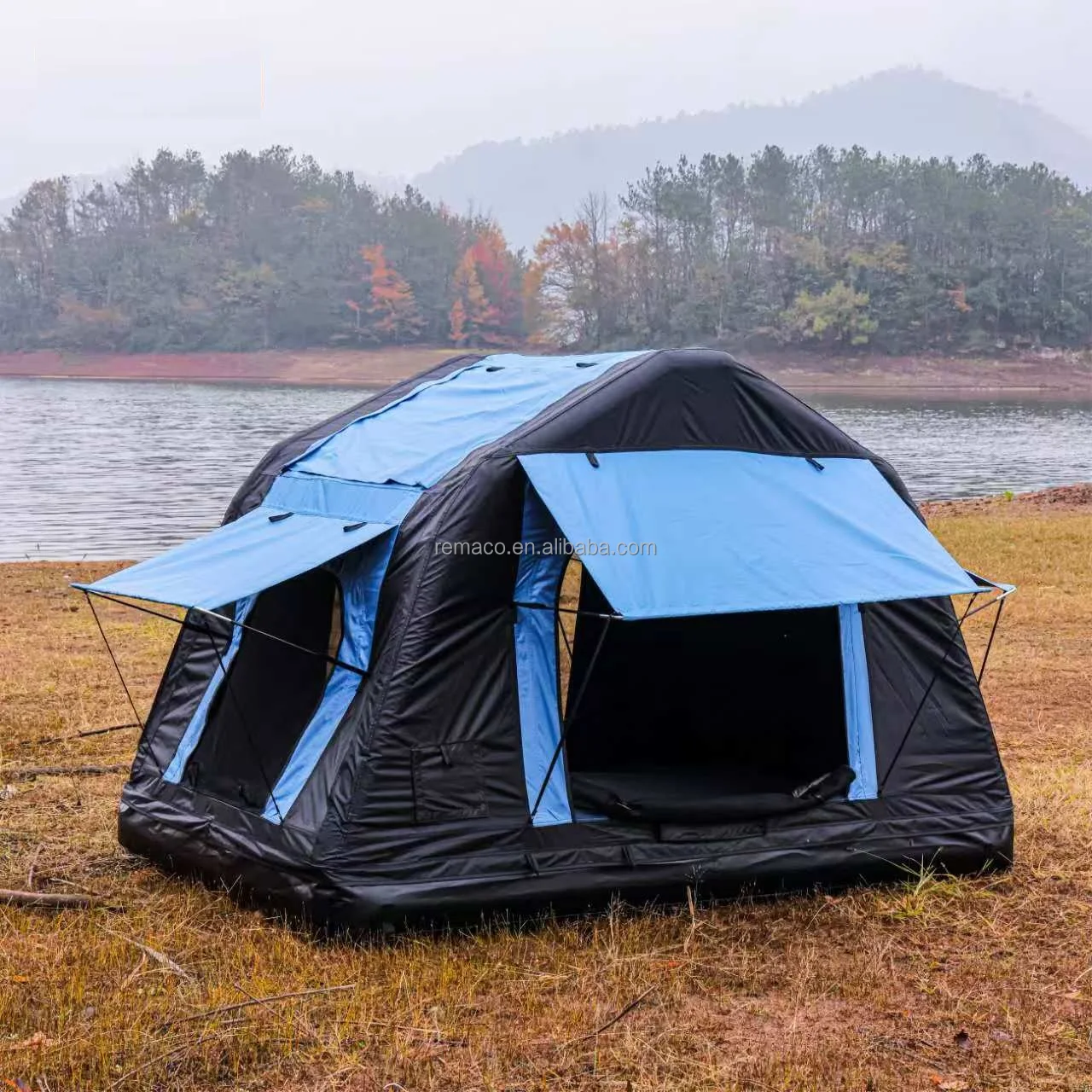Best Selling 1/2AA 1Ah ER14250 Li SOCl2 Cylindrical Battery 3.6V
- Category: >>>
- Supplier: Shenzhen Magnate New Energy LimitedShenzhen Limited
Share on (60692007397):
Product Overview
Description





Best Selling 1/2AA 1.2Ah ER14250 Li-SOCl2 Cylindrical Battery 3.6V
1.Offer High Capacity for A Long Battery Life And High Drain Capability
2.Rapid Flash Re-Cycle Times And An Exceptional Shelf Life
3.High Energy Li-SOCl2 Cylindrical Battery
4.Main Applications:
-Utility Meter (Water, Electricity, Gas, Heat Meter)
-Automatic Meter Reading
-Alarm Or Security System (Smoke Alarm Detector)
-Gps Tracking Systems(Data Logger, Dog Collar, Pir Sensor)
-Real Time Clock
-Automotive Electronics
-Professional Electronics
5.Advantage:
-High And Stable Operating Voltage
-Low Self-Discharge Rate (Less Than 1% Per Year Of Storage At +25°C)
-Wide Range Of Operating Temperature
-Stainless Steel Container And End Caps
-Hermetic Glass-To-Metal Sealing
-Non-Flammable Electrolyte
-Compliant with IEC86-4 Safety Standard, UL, CE, UN.
| Product Name | ER14250 battery |
| Nominal Voltage | 3.6V |
| Nominal Capacity | 1.2Ah |
| Battery Type | High Energy Battery |
| Max. Constant Current | 40mA |
| Max.Pulse Current | 80mA |
| Dimension | 14.5X25.8 mm |
| Operating Temperature | -40~+85°C |
| Size | 1/2AA |
| Approx. Weight | 10g |
| Shelf Life | More Than 10 Years |
| Type | Li-SOCl2 Cylindrical Battery |




Q1. What Is A Short Circuit? Can I Short Circuit A Lithium Cell Or Battery?
A1:If Cells Or Batteries Are Stacked On Top Of Each Other Or Mixed, The Resulting Short Circuit Can Lead To Heat Generation, Leakage, Rupture, And Possibly Fire.
Do Not Short Circuit Lithium Batteries.
Q2. Can I Apply Heat To Lithium Batteries Or Dispose Of Them In Fire?
A2:If Heated To 100°C Or More, The Heat Generated By A Short Circuit Inside The Battery May Lead To Rupture Or Fire. If Disposed Of In Fire, Batteries May Burn Violently.
Do Not Dispose Of Lithium Batteries In Fire.
Q3. Can I Solder Directly To Lithium Batteries?
A3:If Solder Is Applied Directly To The Battery, Materials Inside The Battery May Be Damaged Due To Overheating. This Can Cause Leakage Or An Internal Short Circuit.
Do Not Solder Directly To Lithium Batteries.
Q4. Can I Charge Non-Rechargeable Lithium Batteries?
A4:When A Non-Rechargeable Lithium Battery Is Charged, Gas Is Generated Inside The Battery And Can Result In Swelling, Heat Generation, Leakage, Rupture Or Fire.
Do Not Charge Non-Rechargeable Lithium Batteries.
Q5. Can I Force-Discharge Lithium Batteries?
A5:When Batteries Are Force-Discharged With An External Power Source, This Can Lead To Swelling, Heat Generation, Leakage, Rupture Or Fire.
Do Not Force-Discharge Lithium Batteries.
Q6. Can I Disassemble Or Apply Excessive Pressure To Lithium Batteries?
A6:If A Battery Is Disassembled, Gas May Be Generated And Exposure To Electrolyte May Occur, Which May Cause Throat And Skin Irritation If Contacted Or Inhaled.Distortion Of The Battery Seal May Lead To Leakage Or Short Circuit, Which Can Cause Swelling, Heat Generation, Rupture Or Fire.
Do Not Disassemble Or Deform Lithium Batteries.
Q7. Can I Mix Lithium Batteries with Other Battery Types?
A7:If Different Types Of Batteries Are Used Together, Or New Batteries Are Used With Old Ones, The Differences In Characteristics Of Voltage And Capacity May Cause The Battery To Over-Discharge, Which May Lead To Swelling, Rupture Or Fire.
Do Not Mix Lithium Batteries with Other Battery Types.
Q8. Can Lithium Batteries Come In Contact with Water?
A8:No. This May Cause Corrosion Or The Formation Of Combustible Gas.
Do Not Expose Lithium Batteries To Water.
Q9. Where Should Lithium Batteries Be Stored?
A9:Lithium Batteries Should Be Stored In A Cool, Dry Place That Is Not Exposed To Direct Sunlight And Has Minimal Temperature Variation.

We Recommend
New Arrivals
New products from manufacturers at wholesale prices
